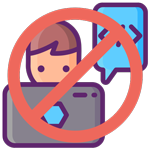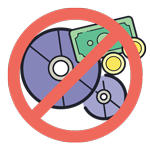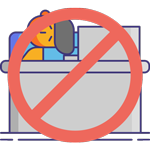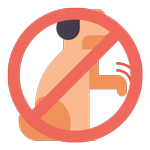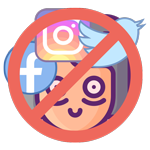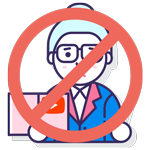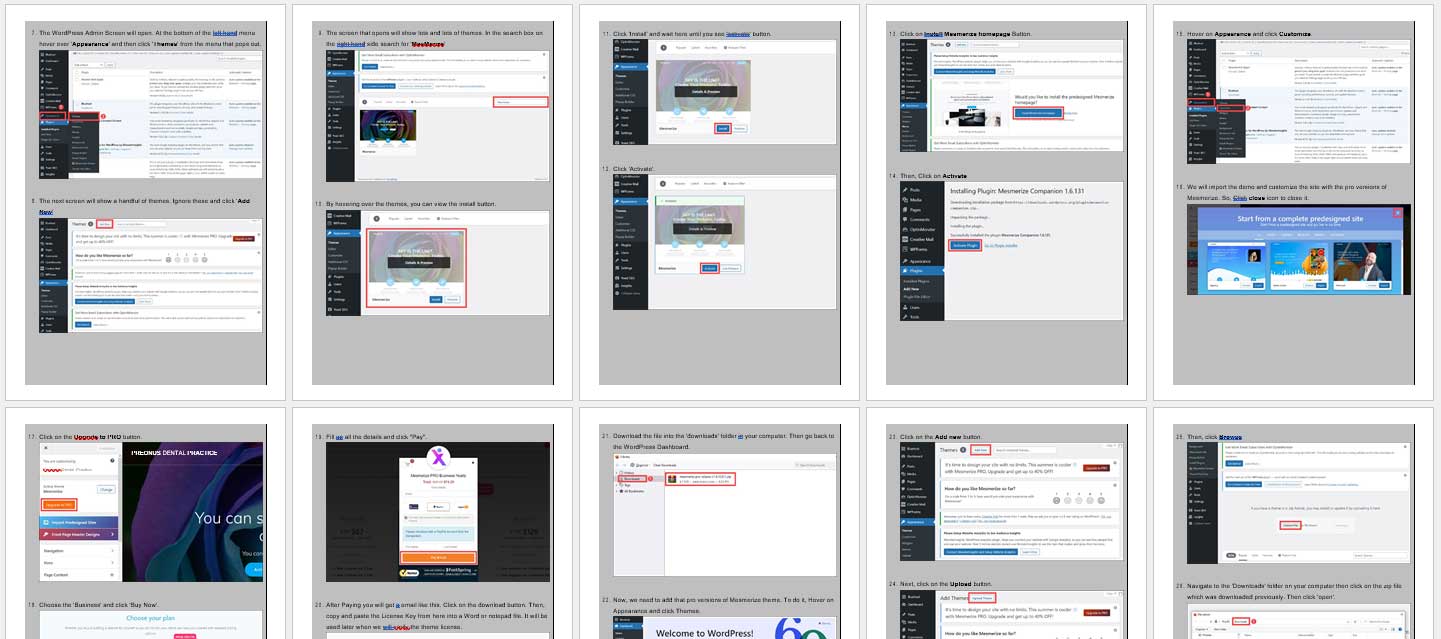Get the internet working for your Cookie Shop in 2025 for just $9.99
Published August 15, 2023
Buy PDF Now ($9.99) Hire Help


I'm Tim Hill, Owner and Founder of the Link2Light SEO and Online Marketing Agency.
I created this course for Acupuncturists who want to do their own SEO at their own speed and stay in full control of the process.
All the information in this resource are actions my agency carries out for clients, this is real world SEO, not theory. Buy now and start your journey!

Full Step By Step Tutorials
Every step of the SEO journey is covered with step by step tutorials that walk you through the process with screenshots. Just follow along in real time and build your SEO friendly Cookie Shop website.

No code to learn, no technical skills needed
We'll show you the online platforms that take care of the coding so you don't have to. SEO for Cookie Shop Owners is a knowledge resource that requires no previous experience.

Save on SEO Agency Costs
SEO agencies charge thousands of dollars to search engine optimize pages. Access everything they know here at a fraction of the cost.
Buy Cookie Shop Search Engine Optimization (Instant pdf Download)
You are purchasing a 287 page ebook in pdf format for $9.99. The file size is approximately 50 MB. You will be able to download the file as soon as your payment has completed.
